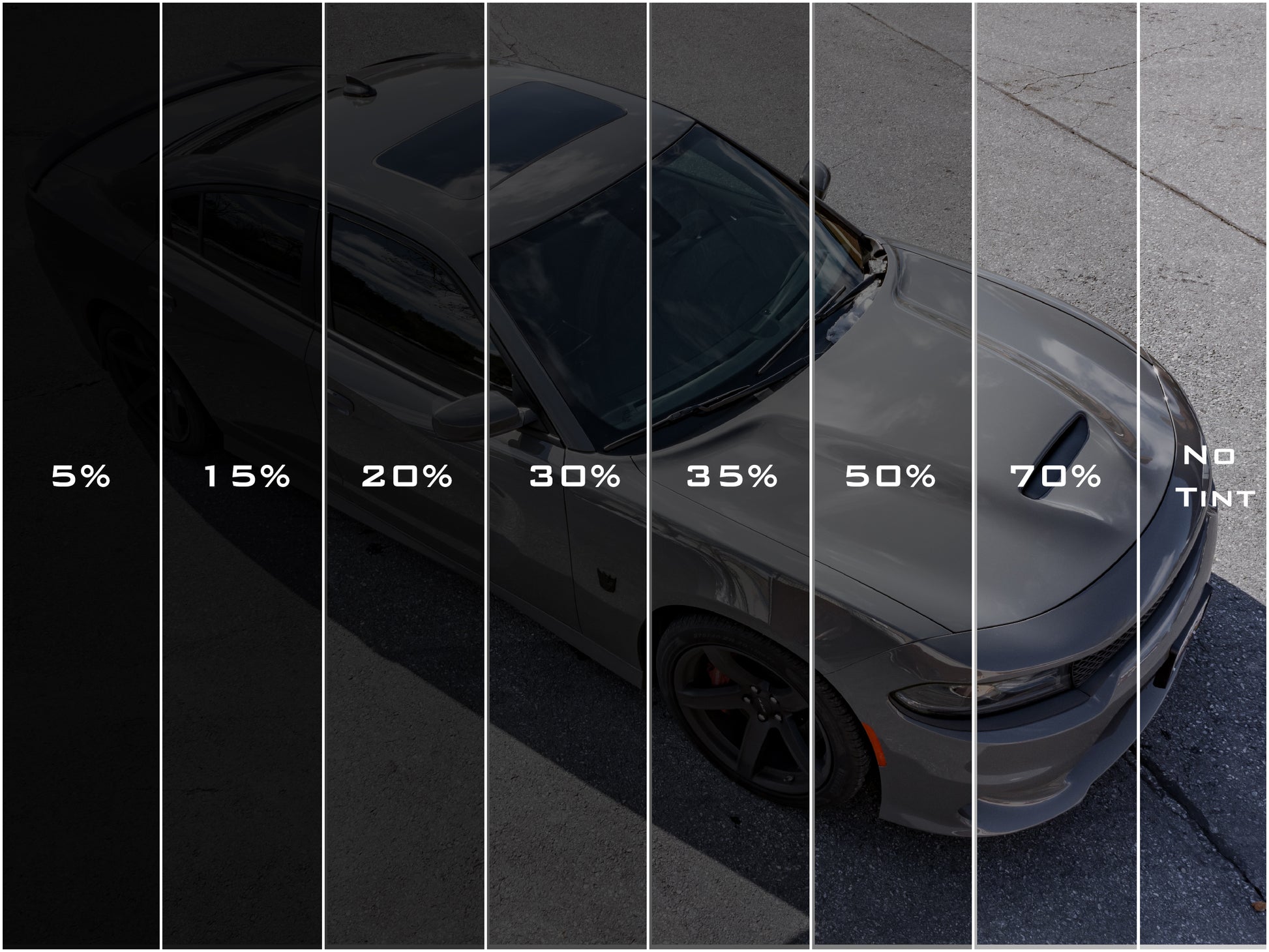Home Window Tinting Regulations and Guidelines: What You Need to Know Prior To Tinting Your Car
Prior to continuing with home window tinting for your vehicle, it is important to familiarize on your own with the diverse regulations and standards that govern this technique throughout various states. These guidelines dictate the permissible levels of color darkness, typically determined by visible light transmission (VLT) percents, and consist of specific specifications for front windscreens intended at ensuring road safety.
Review of Window Tinting Rules
Home window tinting regulations are often based on variant throughout different territories, reflecting neighborhood guidelines and safety factors to consider. These regulations dictate the acceptable degrees of tint darkness and reflectiveness on automobile home windows, making certain that motorists preserve appropriate visibility while additionally safeguarding against dangerous UV rays and warm.
A lot of policies classify window tinting based on the Visible Light Transmission (VLT) portion, which shows the amount of light that can go through the home window. Usually, reduced VLT percents symbolize darker tints. Legislations typically differentiate in between the front, side, and rear windows, with more stringent constraints put on the front windshield to enhance safety for both the driver and various other road customers.
Furthermore, some territories enforce constraints on the reflectivity of the tint, stopping excessive glow that could impair exposure. Exceptions to these legislations might exist for people with certain medical conditions requiring added sun security. Compliance with window tinting regulations is essential, as infractions can result in penalties, required removal of the tint, and possible boosts in insurance premiums. Therefore, it is necessary for lorry owners to familiarize themselves with regional regulations prior to continuing with home window tinting installations.
State-by-State Color Rules
Understanding the specific home window tinting laws in each state is important for car proprietors looking for to follow the law. Each state in the united state has actually developed its very own set of rules regulating window tinting, which can vary significantly. These laws commonly determine the allowed levels of color darkness, the types of home windows that can be tinted, and any kind of clinical exceptions that might apply.
For instance, states like California have stringent constraints on tint darkness for front windows, while others, such as New Mexico, may allow darker tints. Additionally, specific states mandate details exposure portions for various windows, including the windshield, front side home windows, and back home windows. It is essential for vehicle proprietors to familiarize themselves with their state's regulations to avoid potential penalties or charges.
Furthermore, some states may require a certification sticker to be put on tinted home windows, indicating conformity with state regulations. Failure to comply with these policies not just risks lawful repercussions yet can additionally affect safety and visibility while driving. Therefore, automobile owners need to perform detailed study or get in touch with regional authorities to ensure complete understanding and compliance with state-by-state tint guidelines.
Allowed Color Degrees and Kinds
Lots of car owners might be stunned to discover that permitted tint degrees and types vary extensively throughout various states. Each state has actually developed its very own laws concerning the allowable darkness and reflectivity of home window color, typically measured by Visible Light Transmission (VLT) portions. VLT describes the quantity of light that can pass through the tinted home windows; thus, a lower percentage suggests a darker color.

Furthermore, the sorts of color products enabled can differ, with some states forbiding mirror-like or metallic surfaces. It is necessary for automobile proprietors to familiarize themselves with their state's details legislations to ensure conformity. Non-compliance can lead to fines, obligatory removal of the color, or various other legal consequences, making it crucial to recognize these regulations prior to waging installment.
Medical Exemptions for Tinting
While not all states give allocations for medical exemptions regarding window tinting, those that do recognize the necessity for particular people to boost visibility and convenience because of clinical conditions. Various clinical conditions, such as lupus, skin cancer cells, and specific eye disorders, can render people especially her comment is here conscious sunshine. Consequently, these individuals might need darker colors to safeguard themselves from harmful UV rays and glare.

It is very important to note that despite having a medical exemption, there may still be constraints on the level of tint permitted. Conformity with state laws ensures that people are both secured and within lawful limits. Those considering medical exemptions need to call their neighborhood Department of Electric motor Autos or equivalent authority to comprehend the treatments and requirements required to look for an exemption successfully.
Fines for Non-Compliance
Failing to abide by window tinting laws can lead to substantial fines, which vary by state. Law enforcement agencies are equipped to issue citations for cars that do not abide by the specified tinting guidelines. These penalties commonly consist of penalties, which can range from small total up to several hundred bucks, relying on the severity of the infraction and the state concerned.
In some jurisdictions, duplicated offenses may result in rising fines or additional charges, such as obligatory court looks. In addition, non-compliance might require the removal of unlawful tinting, often at the proprietor's expenditure. In severe cases, regular offenders might deal with suspension of their vehicle enrollment up until compliance is accomplished.
Furthermore, insurance coverage implications may arise from obtaining numerous citations for home window tint violations. Insurance firms might view such offenses as a sign of riskier habits, potentially resulting in enhanced premiums or difficulty in insurance coverage.
To avoid these charges, it is crucial for vehicle additional resources owners to familiarize themselves with their local window tinting laws and make sure that their lorry complies (Window Tinting). This positive approach not only stays clear of lawful ramifications yet likewise advertises roadway security
Conclusion

The majority of laws categorize home window tinting based on the Visible Light Transmission (VLT) percent, which shows the amount of light that can pass through the home window. Compliance with window tinting laws is vital, as offenses can result in penalties, required elimination of the tint, and possible boosts in insurance coverage premiums.Understanding the certain window tinting policies in each state is vital for vehicle proprietors seeking to site web abide with the legislation. These guidelines usually determine the allowable degrees of tint darkness, the kinds of home windows that can be tinted, and any type of clinical exemptions that might apply.
For circumstances, states like The golden state have strict restrictions on tint darkness for front home windows, while others, such as New Mexico, may permit darker colors.